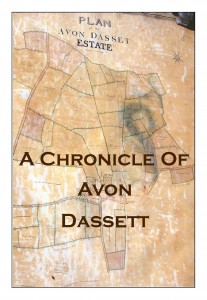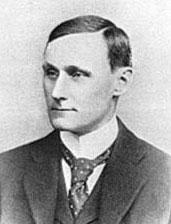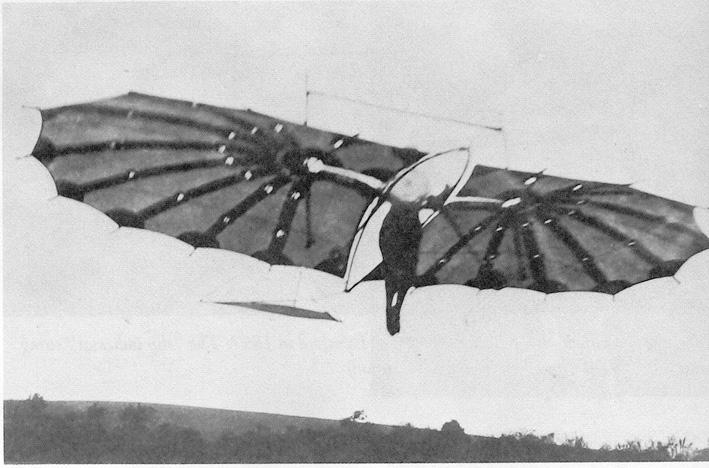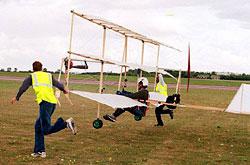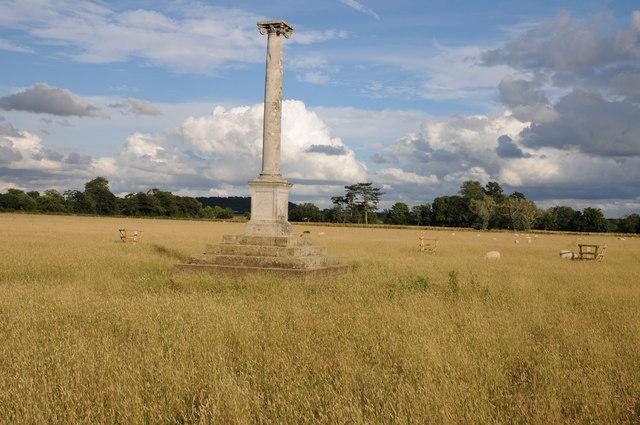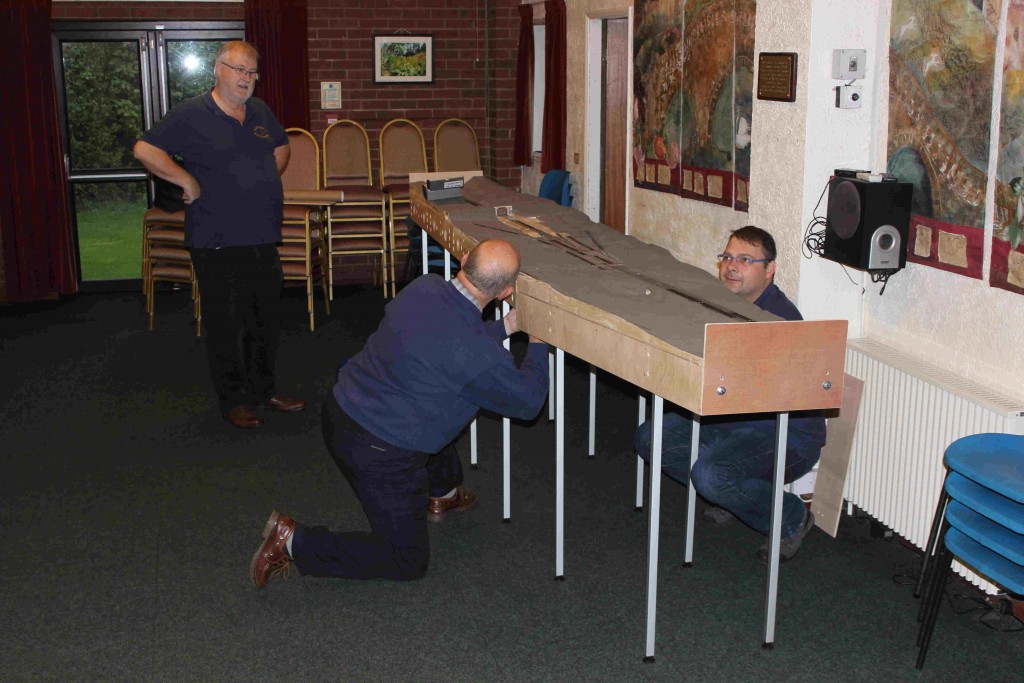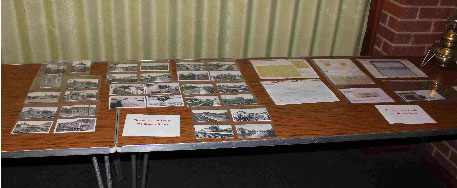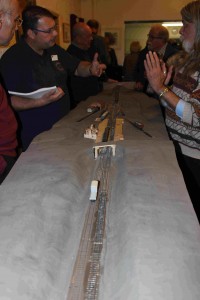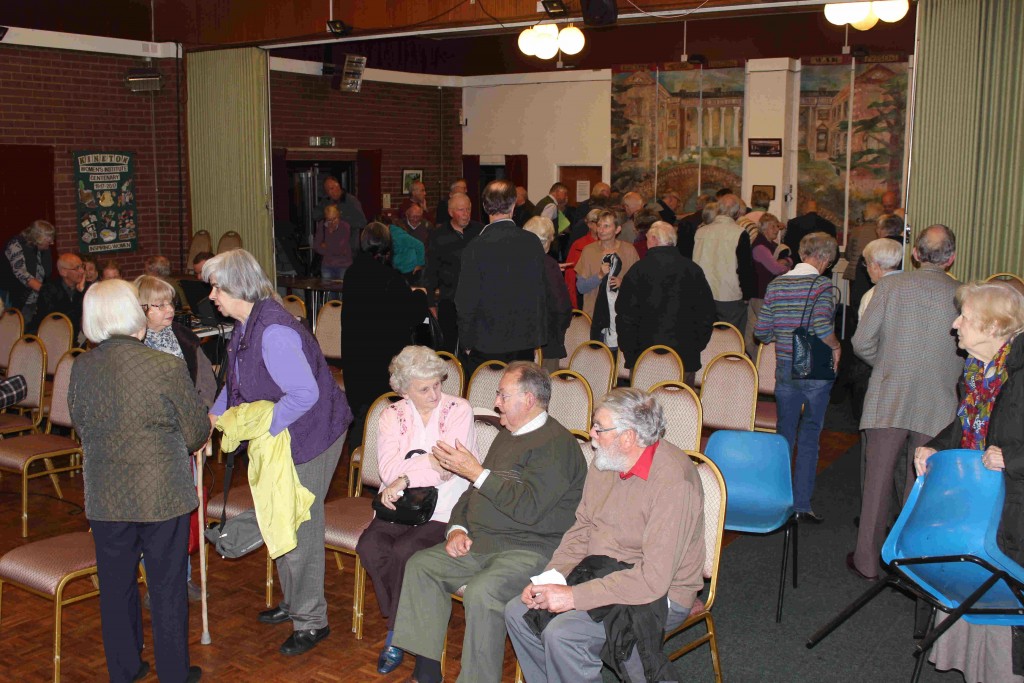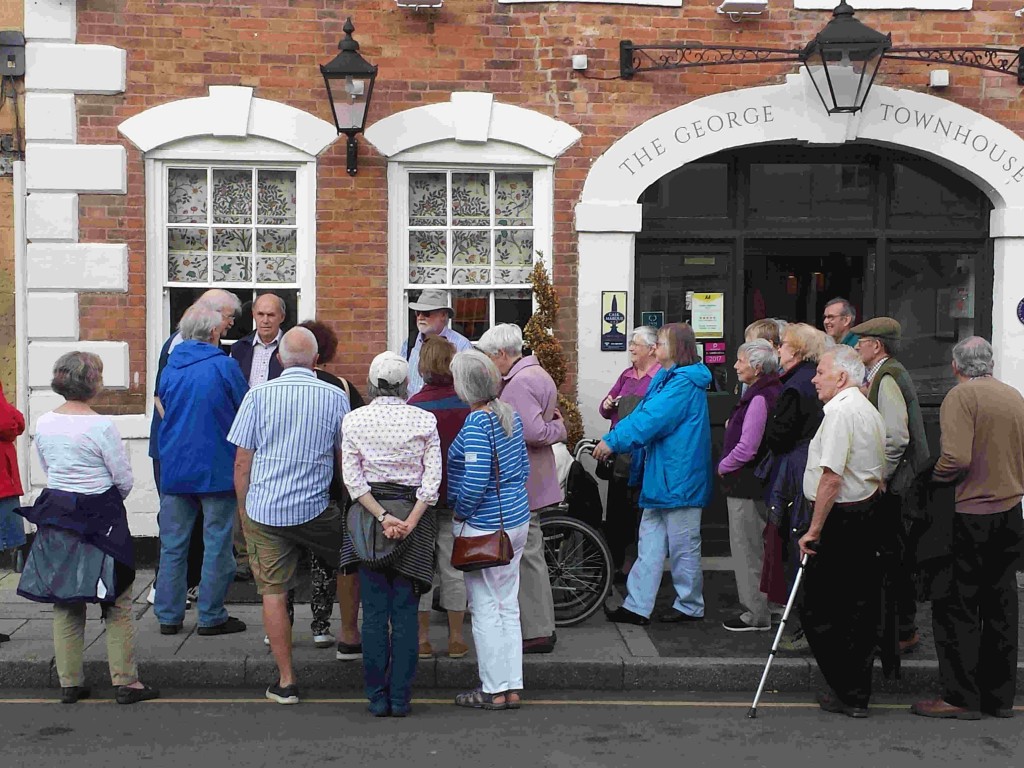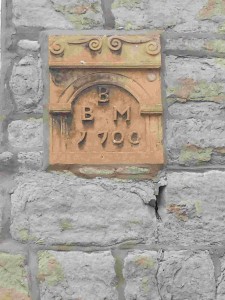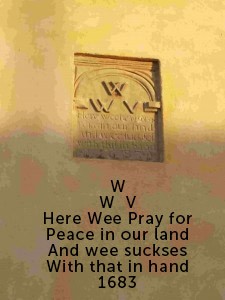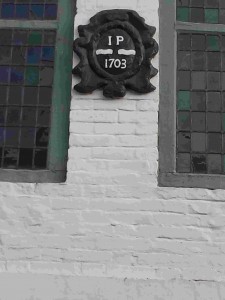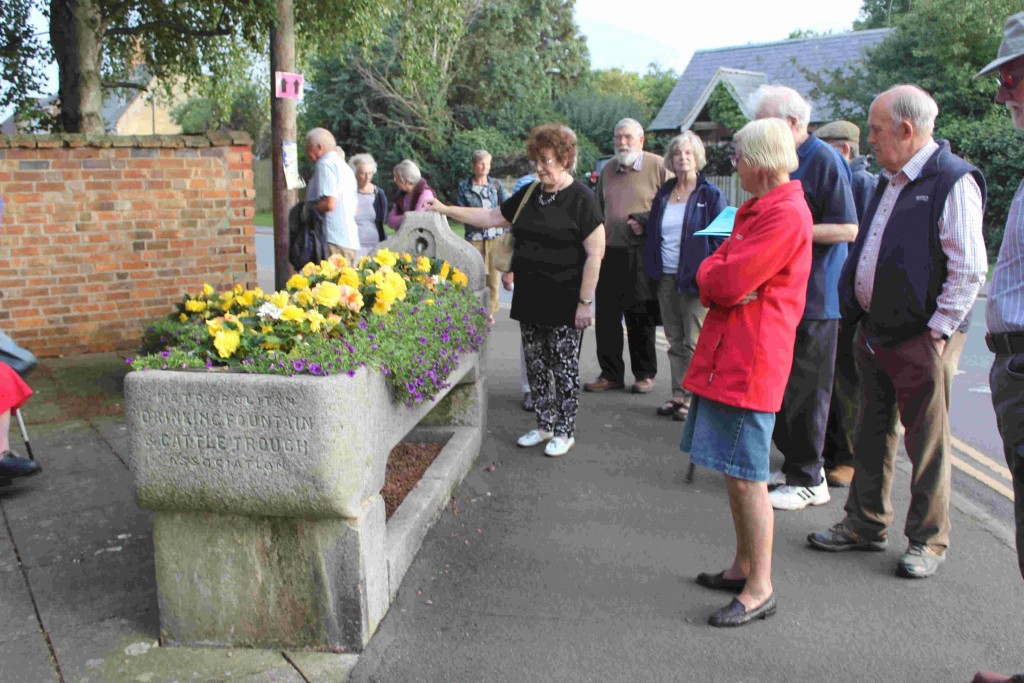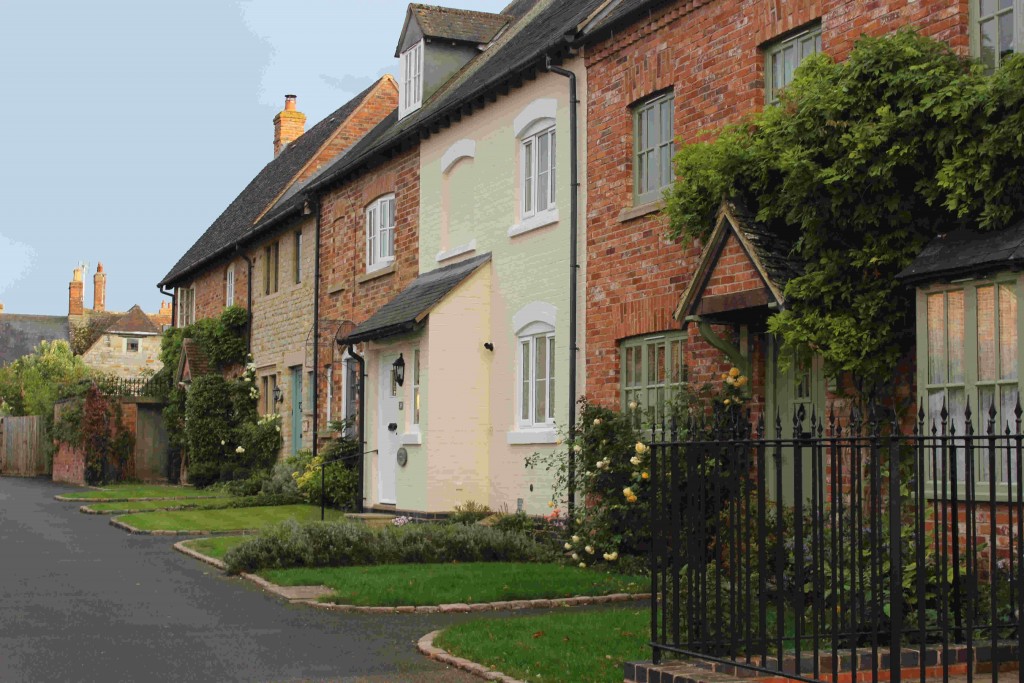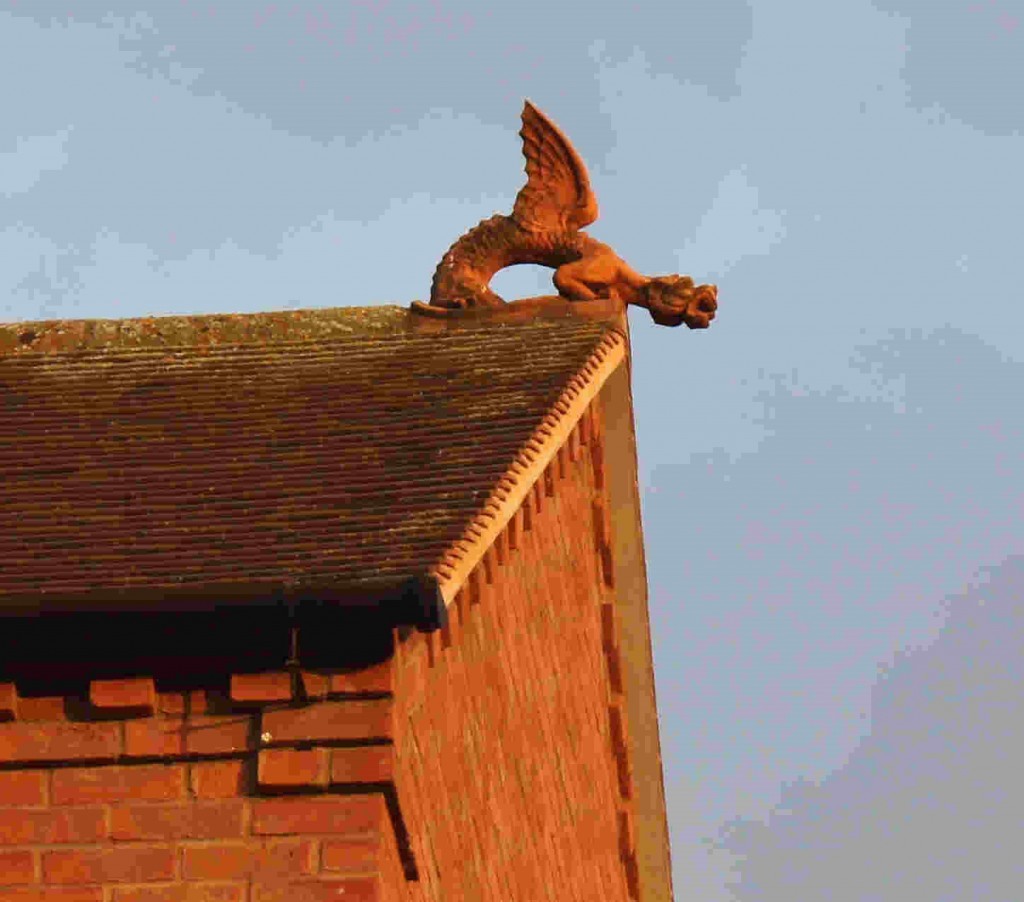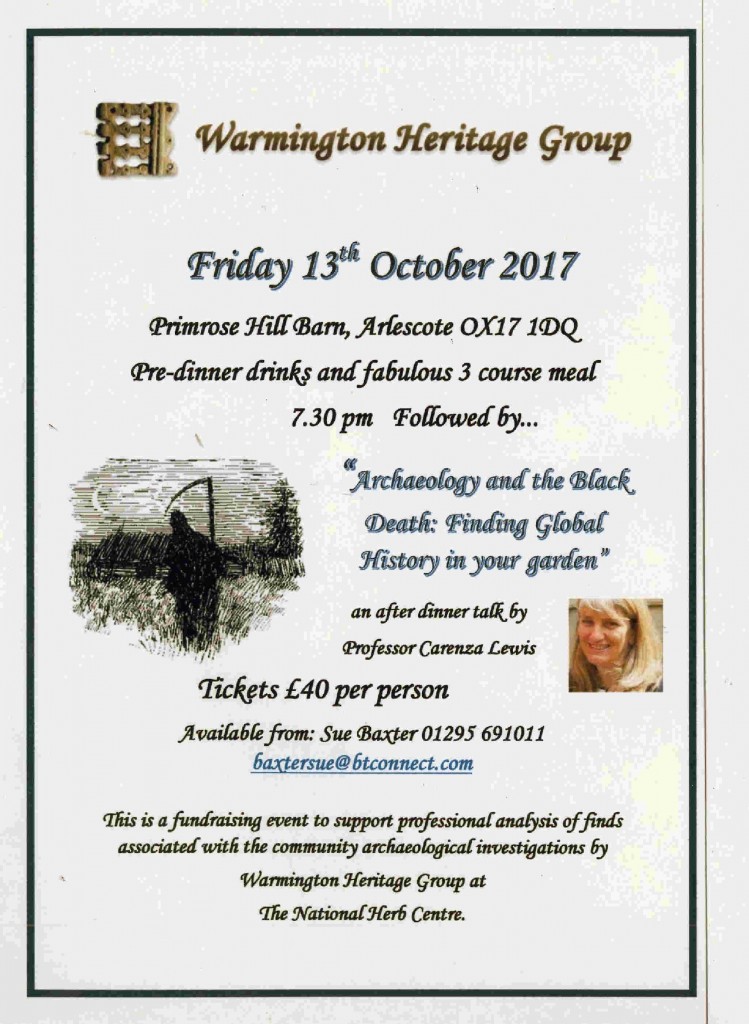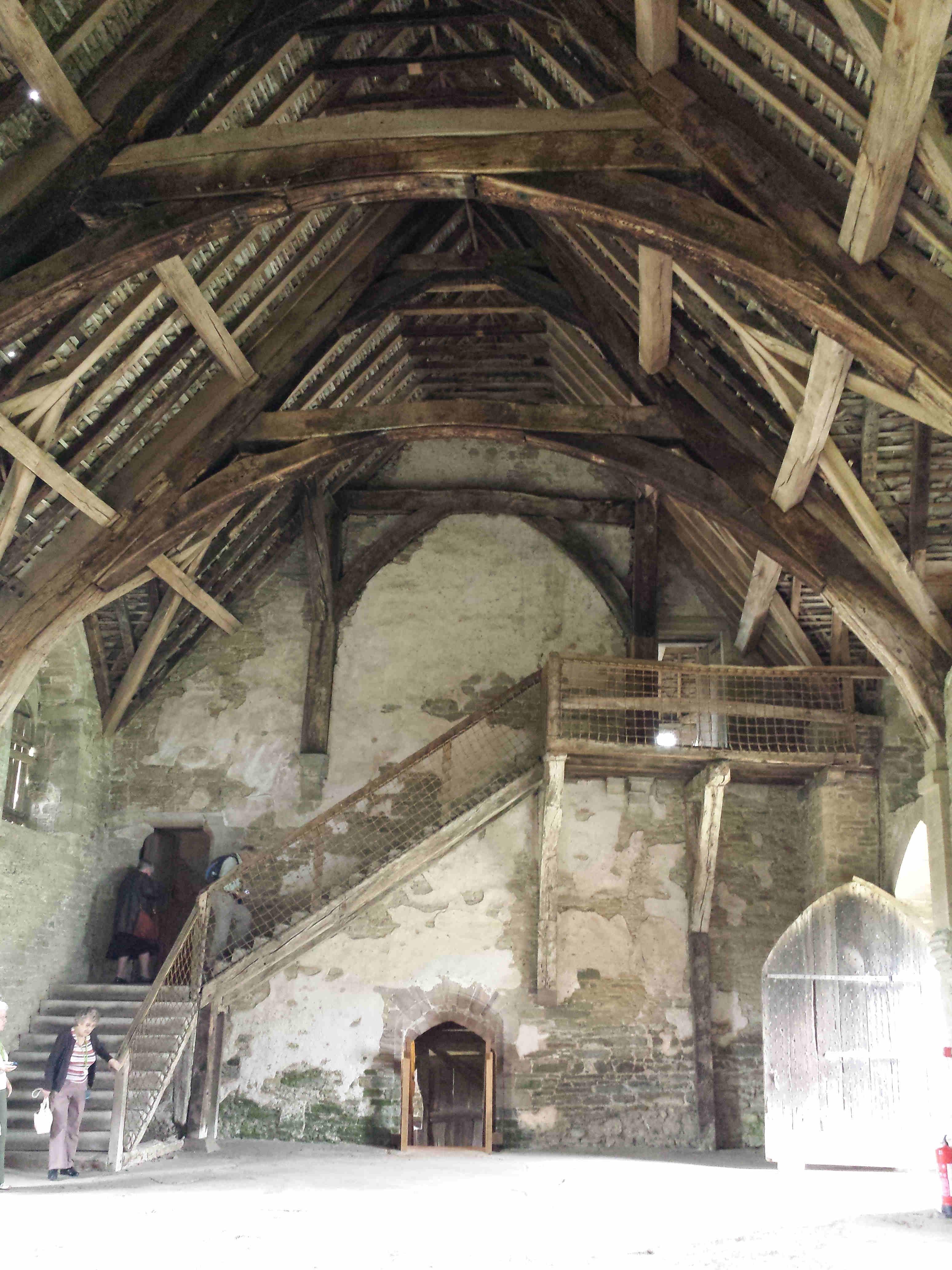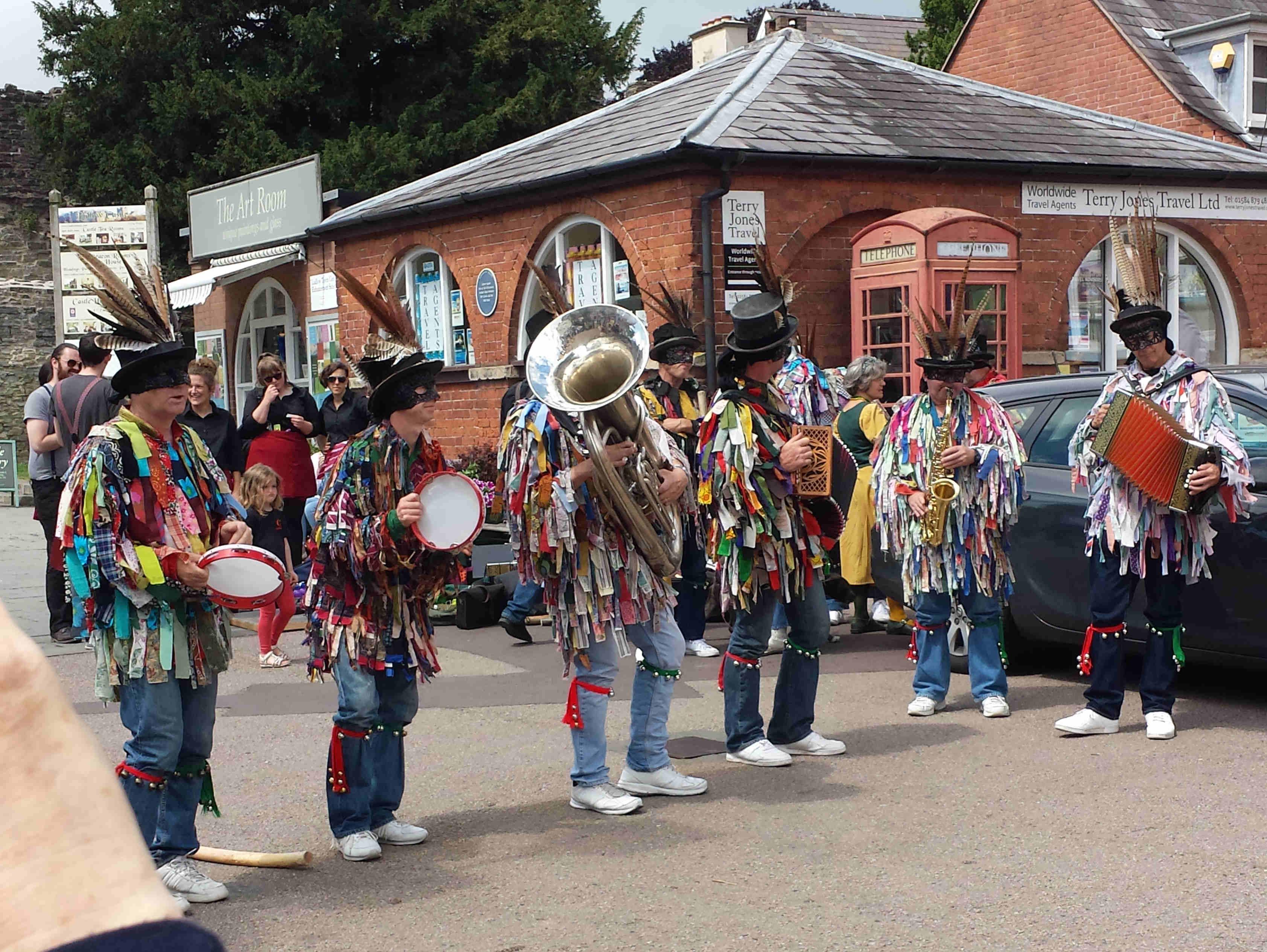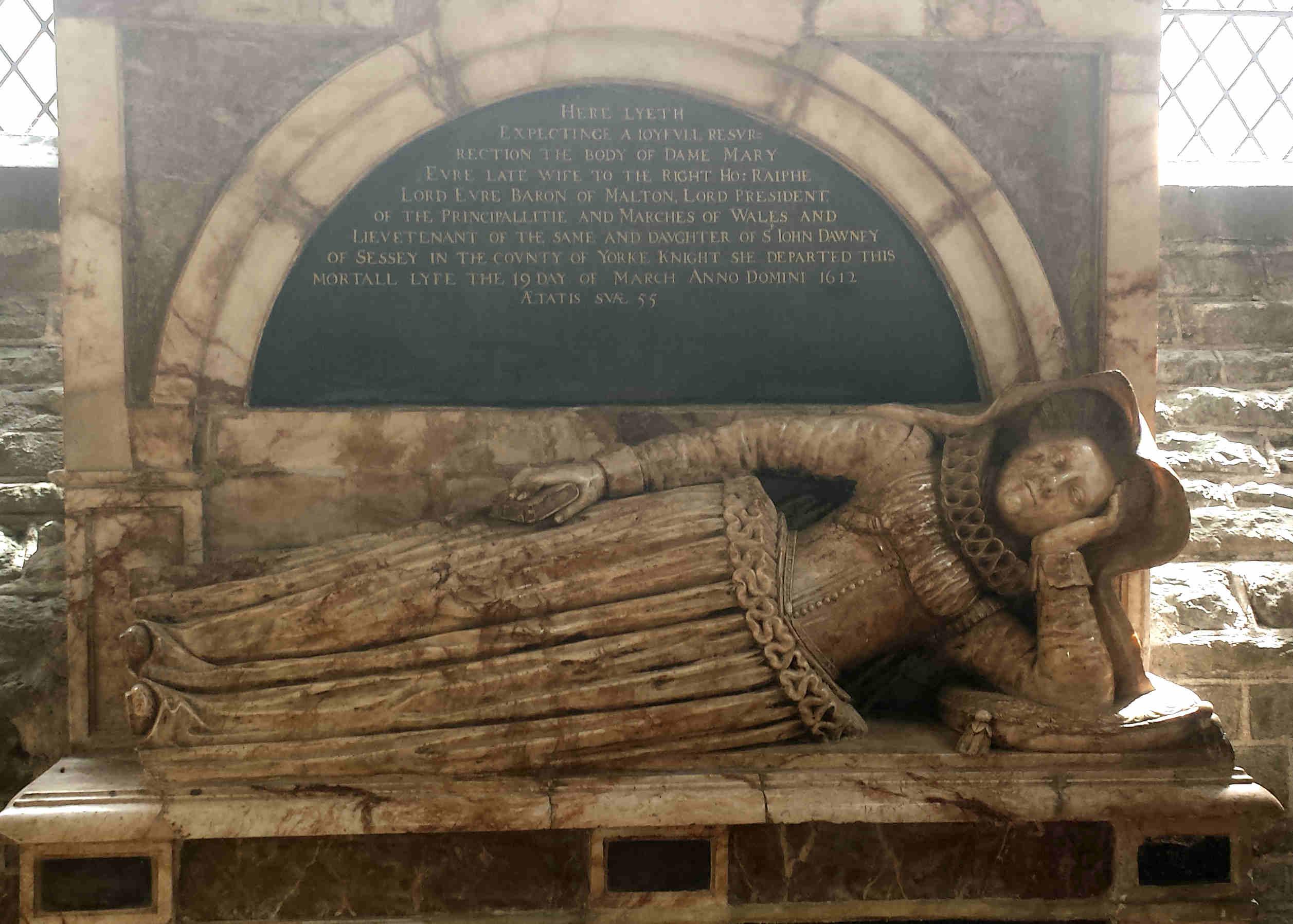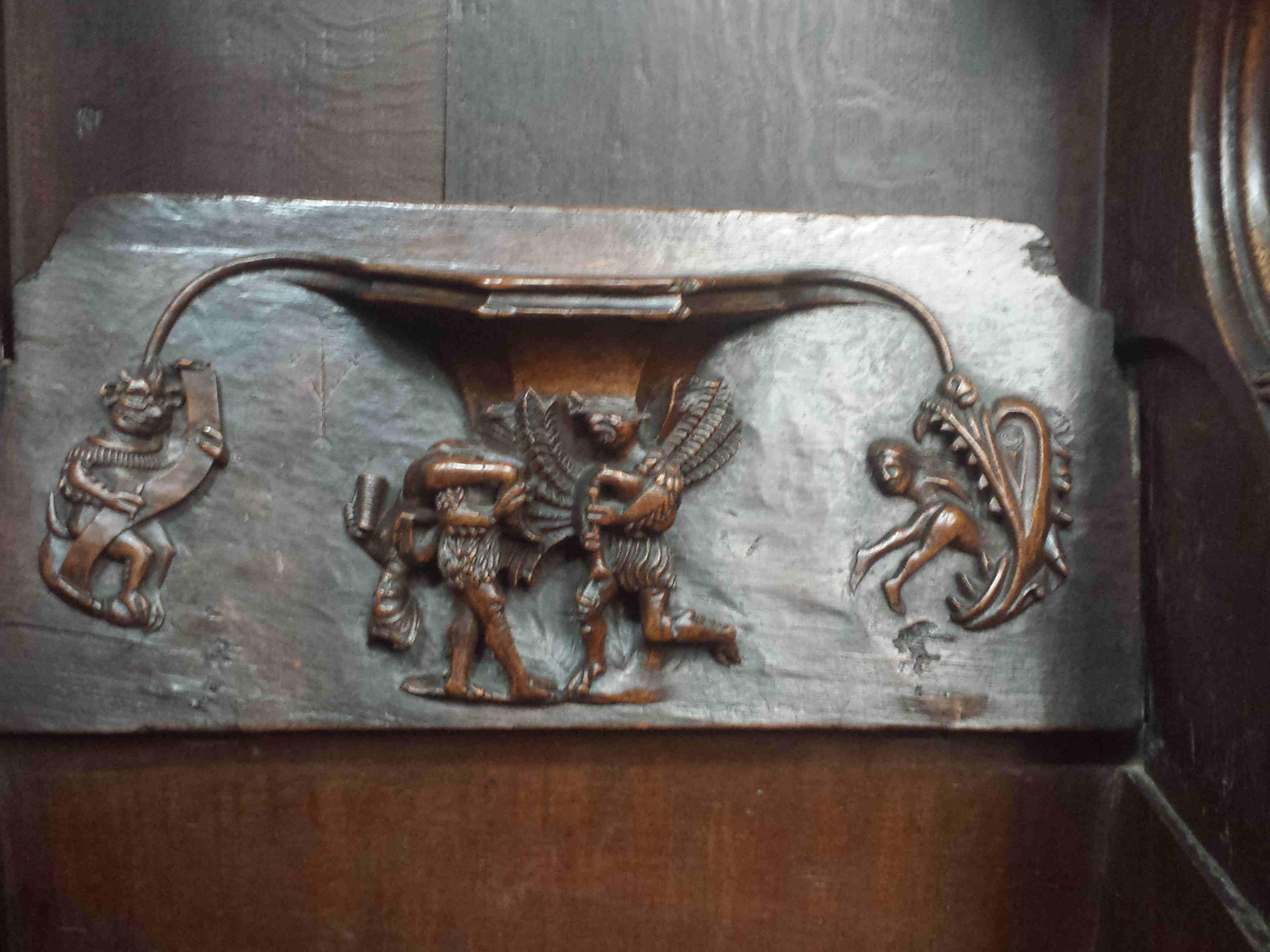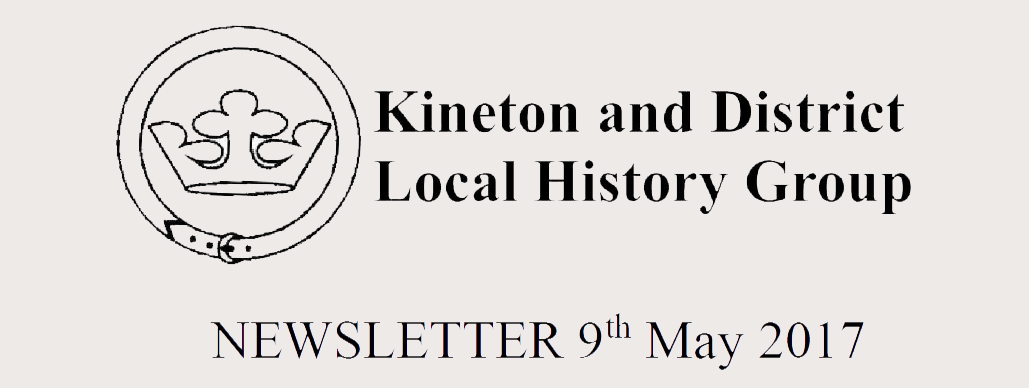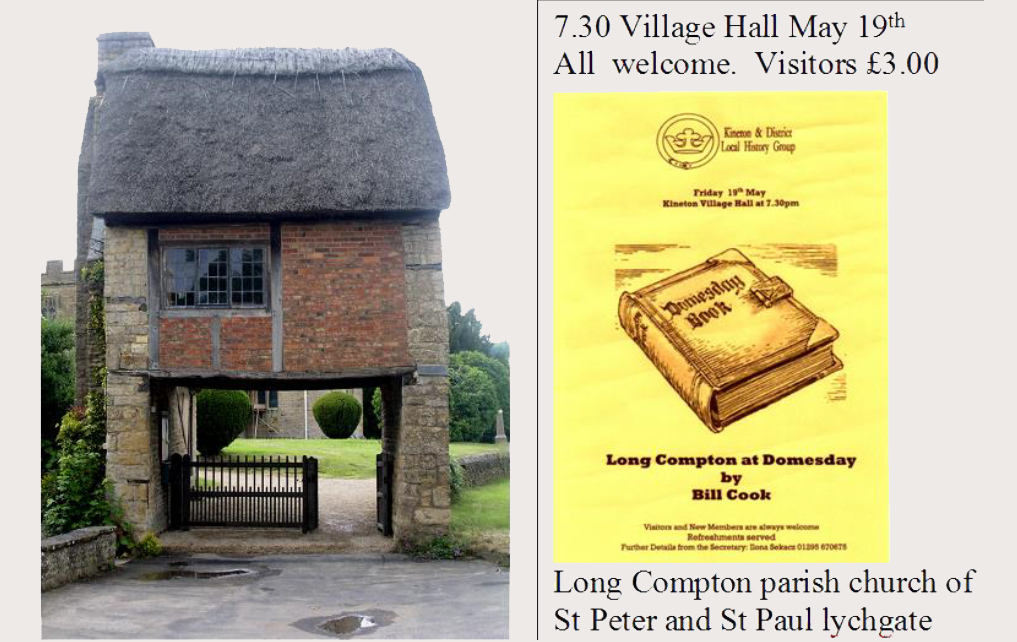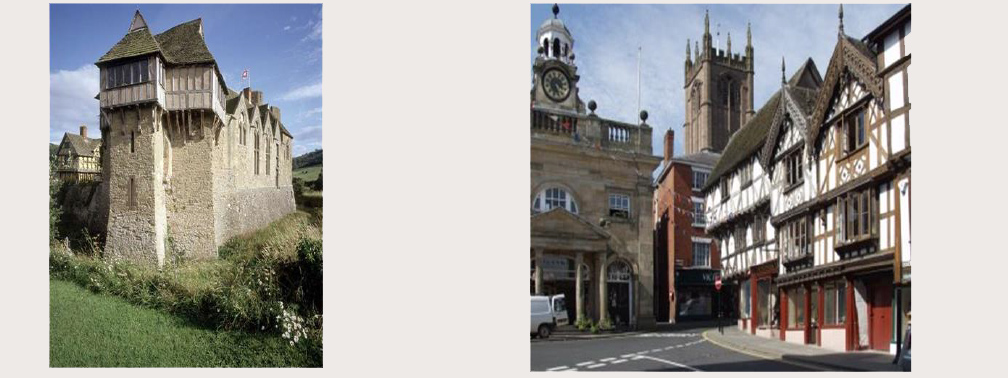NEWSLETTER 5th February 2018
IMPORTANT NOTE: Thank you to all who came prepared to pay your subscriptions at the January meeting. Our Treasurer Richard will be on hand at our February meeting to issue programme cards (£10) to anybody who missed that opportunity!
ALSO: our AGM and supper is on March 16th (NOT the 17th as in the Programme Card), and tickets (£12.50) for the supper will be available at our February meeting or from Isobel Gill (01926 640426) up to the 12th March. Please note that the (short) AGM business starts at 7.00pm. If you, or any of your friends, would like to nominate yourselves, or them (with their permission!) for the committee, please let a member of the present committee know so that their nomination can be put to the AGM. Nominations will also be accepted at the AGM.
Forthcoming talk Friday 16th February
Our next talk, by Anne Langley, is entitled: “A Trip Down the River Avon in 1900 revisited”. This is a chance to discover what changes have happened in more than a century to the river itself and the activities along its banks.
 Anne Langley is a noted local historian who has spoken to us most recently about Joseph Ashby of Tysoe and previously about Victorian Village Life. I hope to see you at the meeting.
Anne Langley is a noted local historian who has spoken to us most recently about Joseph Ashby of Tysoe and previously about Victorian Village Life. I hope to see you at the meeting.
Man on a punt at Welford Weir 1900s.
Reproduced from the “Our Warwickshire “ website
© Warwickshire County Council
Report: January meeting talk on “Hanwell Castle and the Jacobean Water Gardens ” by Stephen Wass.
Those who have heard Stephen before knew that we were going to hear – clearly – a lively and well informed account of the new work he has been undertaking in the designed landscape behind Hanwell Castle. First he presented a brief history of the castle, really a prestigious late 15th century country house built of brick, a very early example. The existing buildings represent a fraction of the original 4-sided courtyard plan. The Cope family were aristocrats of the second rank, they had another “castle” in Holland Park, London. During the 17th century Sir Anthony Cope mixed with the elite scientific and cultured minds of Oxford, to the extent that he was nicknamed “the Virtuoso”. This word had a different emphasis then, it referred to elite men (always men) of taste and refinement, skill and connoisseurship, not just musical excellence. The Oxford intellectual circle included natural philosophers (scientists) and antiquarians, and indeed a virtuoso in the modern sense of the word – a Dutch violinist called Thomas Balthzar, who stayed at Hanwell for several years after stunning audiences in London and Oxford. Stephen’s documentary researches suggest that the 20 or so acres of the enclosed Hanwell garden were transformed into a water garden, with linked ponds, sluices, and playful water features, embodying the ideas of the Oxford group. He has spent several years as part of his MPhil expertly excavating and recording some key sites within the overgrown landscape, with a loyal and hard-working community volunteer force, to try to uncover the layout and function of the various features. So far some crucial elements have eluded the research, but given the extent of the features, revealed in Lidar surveys, there is plenty still to explore. Although the Copes kept Hanwell Castle intact through the Civil Wars it was abandoned in the 1670s, and left to become derelict. This means that it escaped the attentions of Capability Brown and so is potentially a rare survival of a pre-Brownian designed landscape. As an aside Stephen gave vent to a little rant about Brown, pointing out that he was probably responsible for the loss of virtually all English baroque gardens, such as those which survive on the continent. A debateable point.
Stephen challenged the audience to explain the function of a stone-lined tank on the island in the top pond. He, like us, is still puzzled. The Chairman gave a vote of thanks, endorsing Stephen’s comment that if he gave a talk on this subject in a few years time he would almost certainly present different issues and conclusions. History is made by research and enquiry, and, as such, changes all the time..
Other Local History Society events.
Council for British Archaeology West Midlands: Saturday 17th February, “News from the Past” presentations by local archaeologists about recent work in the region, including the excavations at Warmington. 10.00am – 4.00pm Carrs Lane Church Centre, Carrs Lane, Birmingham B4 7SX website http://cbawm.archaeologyuk.org
Warwickshire Local History Society: 20th February. “Old Pubs and Lost Hostelries of Warwickshire” by Richard Churchley at the Friends Meeting House, High Street Warwick 7.30
Lighthorne History Society: Friday 9th March “Little Known Warwickshire part 2” by Alan Winterburn Lighthorne Village hall 7.30
Leamington History Group: 26th February “Jane Austen and Stoneleigh Abbey” by Sheila Woolf at the Dormer Centre, Leamington Spa, 7.30.
Committee Matters.
The next Committee meeting is Monday 12th February 2018.
Errata. The sharp-eyed will have spotted at least 2 erroneous dates on the Programme Card. The first is the AGM which is on the 16th not the 17th of March, and the second is the talk by our member Brian Morgan about Morton Morrell Hall which is on Friday 16th of November not the 18th. Mea culpa, sorry.
DF 05 02 18
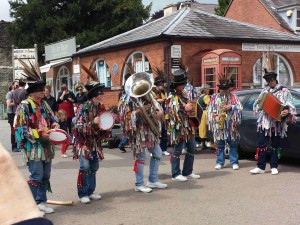
 CHRISTMAS NEWSLETTER10th December 2017
CHRISTMAS NEWSLETTER10th December 2017
